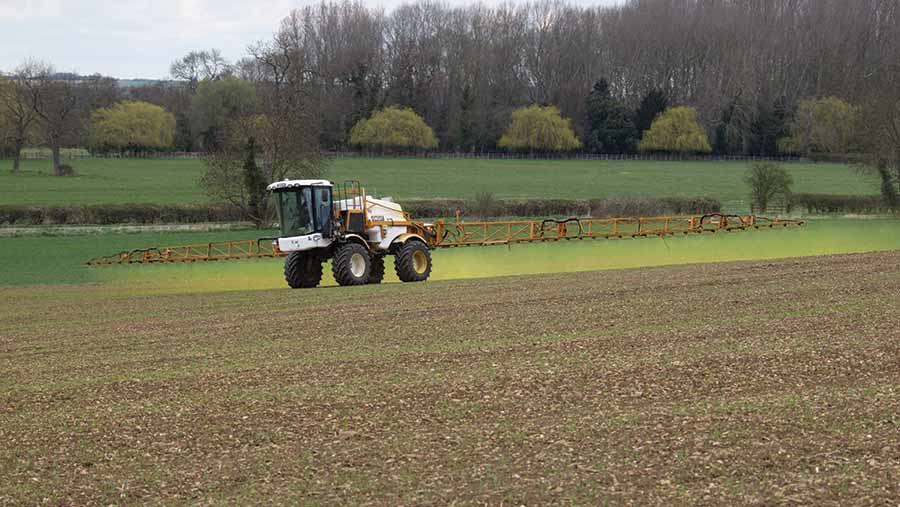Regulators change winter and spring cereal definitions
 © Tim Scrivener
© Tim Scrivener The way that winter and spring cereals are defined for pesticide approvals has changed and will affect how some products can be applied.
From 1 January 2015, the Chemicals Regulation Directorate (CRD) moved from using variety as the deciding factor for defining a winter or spring crop to drilling date.
The definition of winter or spring crop for CAP “greening” purposes remains defined by variety type as stated by the breeder.
The CRD told Crops that for the risk assessment underlying pesticide authorisations, time of year of application is much more important than the variety to which it is applied.
This is largely due to different weather patterns and how wildlife uses the crop.
Pesticide watch
Crops is working with Gatekeeper agronomists to highlight key pesticide rule changes and the potential implications, keeping you on the right side of the law and aid with on-farm record keeping.
Sentinel is a decision support tool linked to Gatekeeper crop management software, a programme that helps arable farmers with record-keeping and legislation issues. For more details visit Farmplan or call 01594 545011![]()
It will have the biggest effect on products approved for use in winter cereals only and examples include Dow AgroScience’s two cereal herbicide products, Unite and Broadway Star.
Both are approved for use in winter wheat and Dow will continue to support applications in winter varieties sown before 1 February, but will not support use in spring varieties sown before 1 February due to concerns over crop safety.
Winter varieties sown on or after 1 February are now classed as spring crops and as such, any applications of these products will be illegal under the CRD’s new rules.
Check label
The company’s customer agronomist, Stuart Jackson, said pyroxsulam – the common active ingredient in the two products – at full label rate can damage spring wheat variety due to its reduced ability to metabolise the active.
“If you are sowing a spring cereal variety prior to 1 February, before you apply a product approved for winter use, check if it has a spring approval too.
“If it has, then it should be fine, but if it hasn’t, why not? It may be legal to apply, but there could be a crop safety issue,” explained Mr Jackson.
The complication will only exist in the short term and as products are reregistered, labels will change to accommodate the new rules and provide more precise guidance.
Until then, Mr Jackson advised growers who are unsure to consult the product manufacturer or speak with their Basis-qualified adviser before applying.
New CRD winter and spring cereal definitions |
|||
|
Crop |
Sowing date |
CRD classification |
Advice |
|
Winter cereal variety |
Prior to 1 February in year of harvest |
Winter cereal |
Only products approved for use on winter cereal can be applied |
|
Winter cereal variety |
From 1 February onwards in year of harvest |
Spring cereal |
Only products approved for use on spring cereals can be applied |
|
Spring cereal variety |
Prior to 1 February in year of harvest |
Winter cereal |
Only products approved for use on winter cereal can be applied |
|
Spring cereal variety |
From 1 February onwards in year of harvest |
Spring cereal |
Only products approved for use on spring cereals can be applied |

